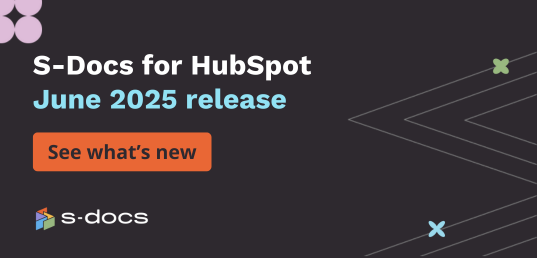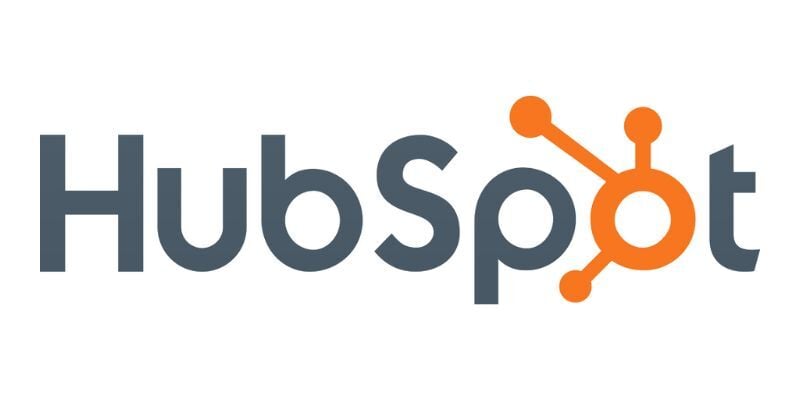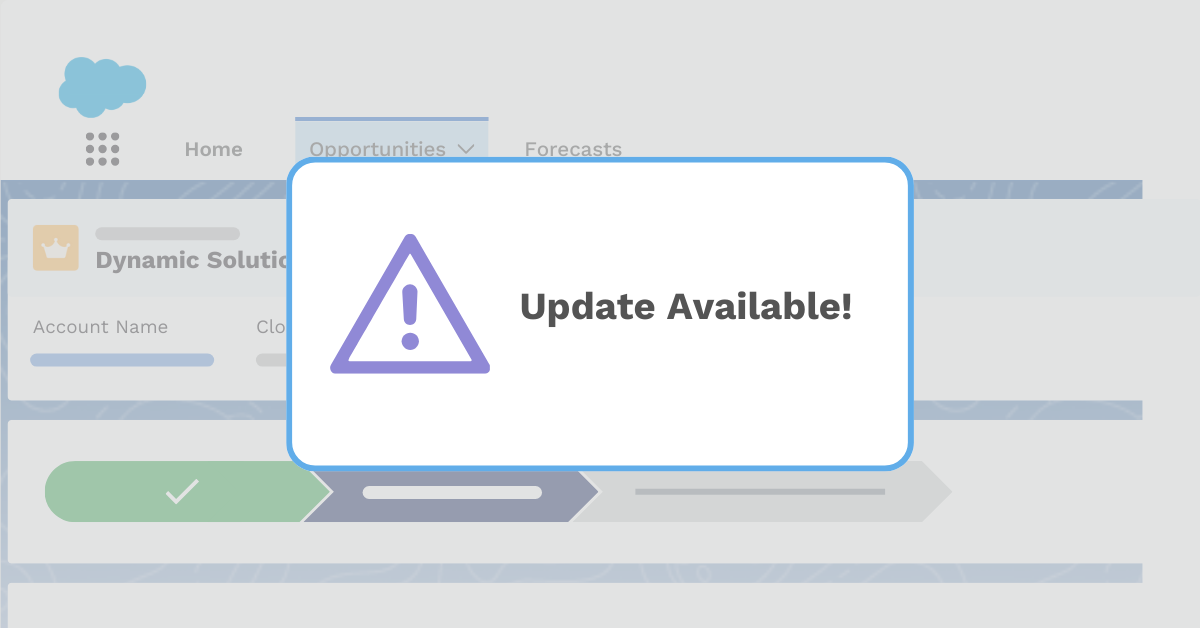Certain documents just make life easier. For salespeople, these include sales quotes and invoices. For marketers, strategic campaign blueprints assuredly make the list. And for project managers, the documents that reliably save the day are statements of work.
Put simply, a statement of work (or SOW) is a document agreed upon by a vendor and a client that ensures both parties understand what a successful project looks like. It states the scope of work to be performed by the vendor, how long it will take, how much it will cost, and who should sign off on everything.
SOWs keep projects organized and reduce conflict by aligning everyone’s expectations. Figuring out how to create a statement of work, however, can be a little tricky. Broken down into its simplest components, technically this would qualify:

Unfortunately, most companies will be looking for something a bit more formal than that. Luckily, you’re in good hands. As experts in all things document digitalization, we’re here to help you create stunning statement of work templates that will impress your clients and keep projects on track.
These tips are applied easiest when you use a Salesforce document generator like S-Docs, since your SOW data can be pulled in from Salesforce at the click of the button -- but you can still use this guide to refine your SOW templates without one. Let’s get started!
What Should A Statement of Work Include?
Statements of work vary by industry and organization, but we’ve pinpointed a few key components that most SOWs have in common.
- Introduction
- Objectives
- Scope of Work
- Deliverables & Timeline
- Payment Terms & Schedule
- Project Resources
- Project Risks
- Terms & Conditions/Special Requirements
- Authorization
One you’ve built out a few templates that follow this format, creating a statement of work will be a simple matter of filling in the details -- or clicking a button, if you’re using a document generation solution.
How to Create A Stunning Statement of Work in Salesforce
Now that we have a rough outline of the components our statement of work should contain, let’s dive into each section in detail.
SOW Introduction
Good statements of work (or any good business documents, really) start with an introduction. SOW introductions generally consist of information about the agency completing the work and the client receiving the results. In addition, they often contain a high-level overview of the work to be done. You can also include a cover page, if you’re feeling fancy.

To make our introduction easier to navigate, we broke it up into table and paragraph sections -- you don’t want your client getting overwhelmed (or too bored) by a wall of text.
We’ve also included merge fields in our SOW (those funny-looking tags surrounded by curly braces). S-Docs will replace these tags with data from fields on our custom Project object in Salesforce. We believe the less copy-pasting required, the better.
SOW Objectives
If you’re at the point of writing a statement of work, ideally your objectives are already clearly defined -- but if they’re not, no worries. Procrastination is human nature. Just make sure they’re SMART objectives: Specific, Measurable, Achievable, Realistic, and Time-bound.

Generally, objectives should be high-level and not go too in-depth; notice how we fit our table onto the first page of our statement of work. Keep them specific and to the point.
SOW Scope of Work
The scope of work section of your SOW clearly defines not just what work will be done (what’s in scope), but also what work won’t be done (what’s out of scope). While a scope of work can sometimes be a separate document by itself, it’s often incorporated into the statement of work so that all project information can be accessed in one place.

Scope of work sections generally contain a high-level list of items that a project will and will not support -- but we’ve used the term “high level” so much that at this point, we’re starting to develop a fear of heights. Where’s the detail??
As you can see, we’ve included a separate task list that will go over the minutiae of the project. The unpopulated table above is configured to pull in each task from the Tasks related list on our Project object in Salesforce and sort them by due date. When we click the button to generate this document with S-Docs, this is what we’d see:

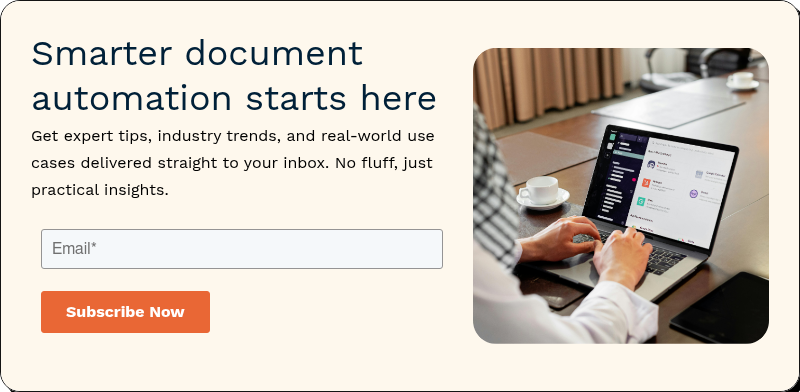
SOW Deliverables & Timeline
It’s time to tackle what everyone’s been waiting for: the outcome of the project. Deliverables are the products or services that the agency or vendor will supply to the client when the project is completed. In short, they’re the reason the project is happening in the first place. Clients may even skip to this section of your statement of work first, so make sure it looks nice and organized.

Deliverables should be tangible products or services that each have clear due dates. They’re best listed in a table, which we’ve done above. We also included a timeline so that the client can easily see when each task will be completed (but this isn’t required -- if you just want to list dates in the table, that’s ok too).
SOW Payment Terms & Schedule
Remember how we said that statements of work reliably save the day? That’s because they help make sure there are no surprises during the course of a project -- and this is especially clear when it comes to getting paid. Laying out a clear payment schedule upfront will eliminate frustration down the road for all stakeholders.
Depending on your business, you might want to structure your payment schedule in one of two ways:
- By deliverable (payment is due as work is completed)
- By date (payment is due on fixed dates)
Or, you could include a mix of the two. In our sample statement of work, we opted to structure the payments by date.

We also included a convenient summary of what we’re charging, along with some brief terms related to the payment schedule. It’s so clean and concise, the client might just want to pay early!
SOW Project Resources
The resources section of your statement of work is a place to let the client know who or what will be available to them during the course of the project. Introduce your team and note their responsibilities. This is also a good place to list stakeholders from the client’s team, too, as well as their responsibilities.

Luckily, we don’t have to worry about writing out the descriptions or responsibilities sections right now. S-Docs lets us create separate templates for standard document components like these, and simply reference them in our main template. When the document is generated, all of the information will populate. The best part is, if we ever need to make updates to one of these components, we only need to update them once for the changes to be reflected across all of our documents.
SOW Risks
No matter how tame a project may be, there are always risks to consider. A good statement of work will list out any known project risks so that all stakeholders have a clear understanding of factors that might jeopardize a project, and are able to make decisions accordingly.

It’s also a good idea to include the ways your team plans to mitigate the risks, both for your own planning purposes and your client’s peace of mind.
SOW Terms and Conditions
By now, you’ve built a stunning statement of work template. It’s on-brand, professional, and engaging. So what’s left?
Oh yeah -- those pesky terms and conditions. They may be boring, but every good statement of work needs to include a terms and conditions section. If you have any other special requirements, you should put those here too.
But don’t stress! If you use S-Docs, you can simply create a separate template for your organization’s standard T&Cs. After that, anytime you need to reference them in another document, it’s as simple as inserting a tag.

SOW Authorization
The terms and conditions section may be the final piece of content in most statements of work, but you still need to get it in writing. The authorization section is where the agency and the client sign off their acceptance of everything included in the document.

Whether the agreement is made after one iteration of the statement of work or twenty, collecting the final signature is easiest when you use an e-signature solution for Salesforce like S-Sign. Since we’ve already added some e-signature tags to this statement of work, it can be generated and sent for signature immediately.
Start Creating Stunning Statements of Work with S-Docs
This guide lays the groundwork for generating stunning statements of work no matter what industry you’re in. Now that you’re equipped with the tools you need to succeed, elevate your efficiency and security by using a document generation solution like S-Docs. You’ll be able to customize hundreds of business document templates that instantly pull in data from anywhere in Salesforce, and then automate your workflows and never worry about manual errors again.
And when you use S-Sign, you can send your documents for signature and track them in Salesforce without missing a beat. Since both solutions are 100% native to Salesforce, they work faster and are incredibly secure -- your data never leaves the Salesforce platform.
If you’re ready to start getting more value out of your time by using document automation and e-signature for Salesforce, we’d love to speak with you! Request a demo today or contact sales@sdocs.com. Good luck on those projects!

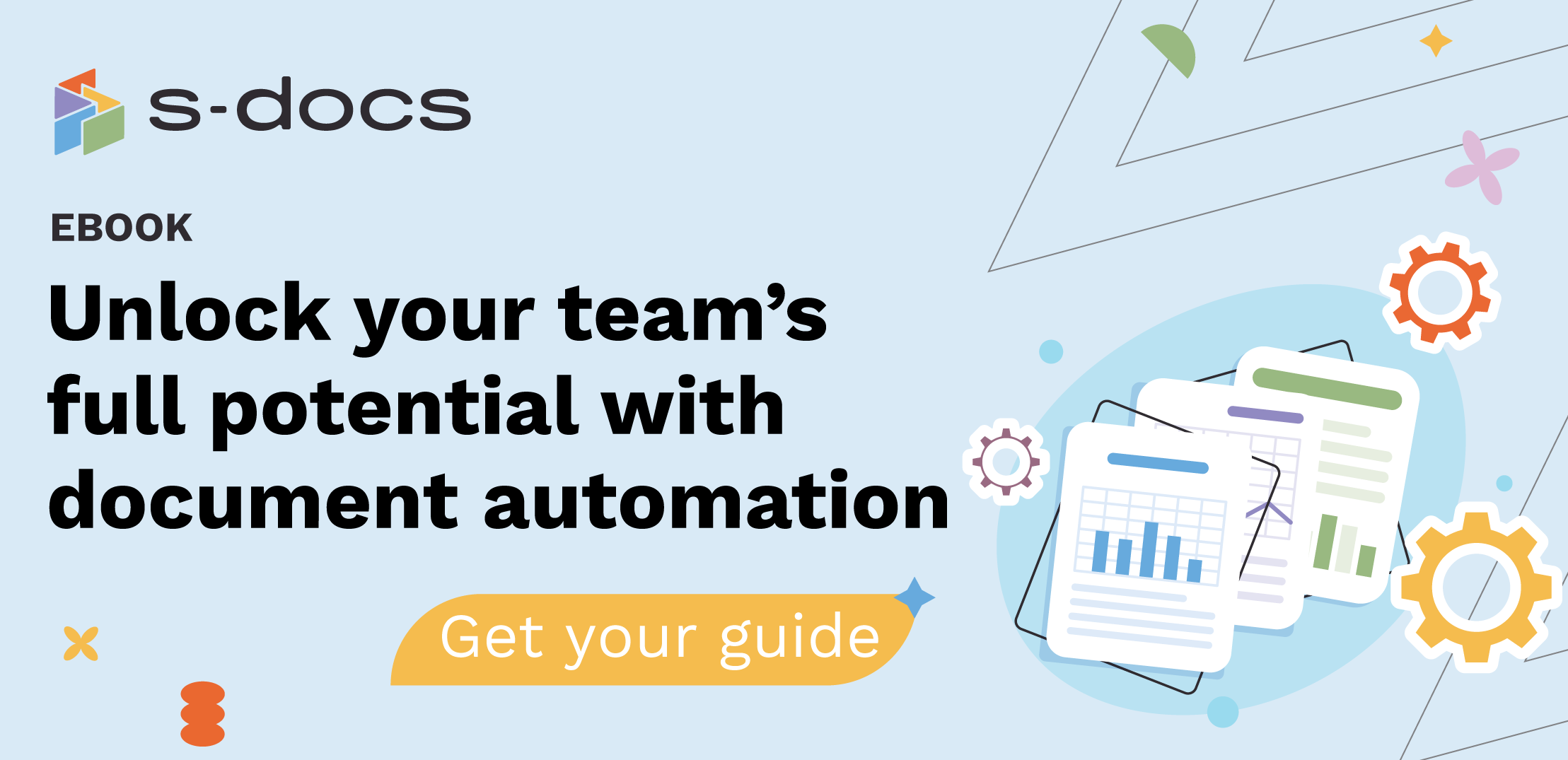
.png)
